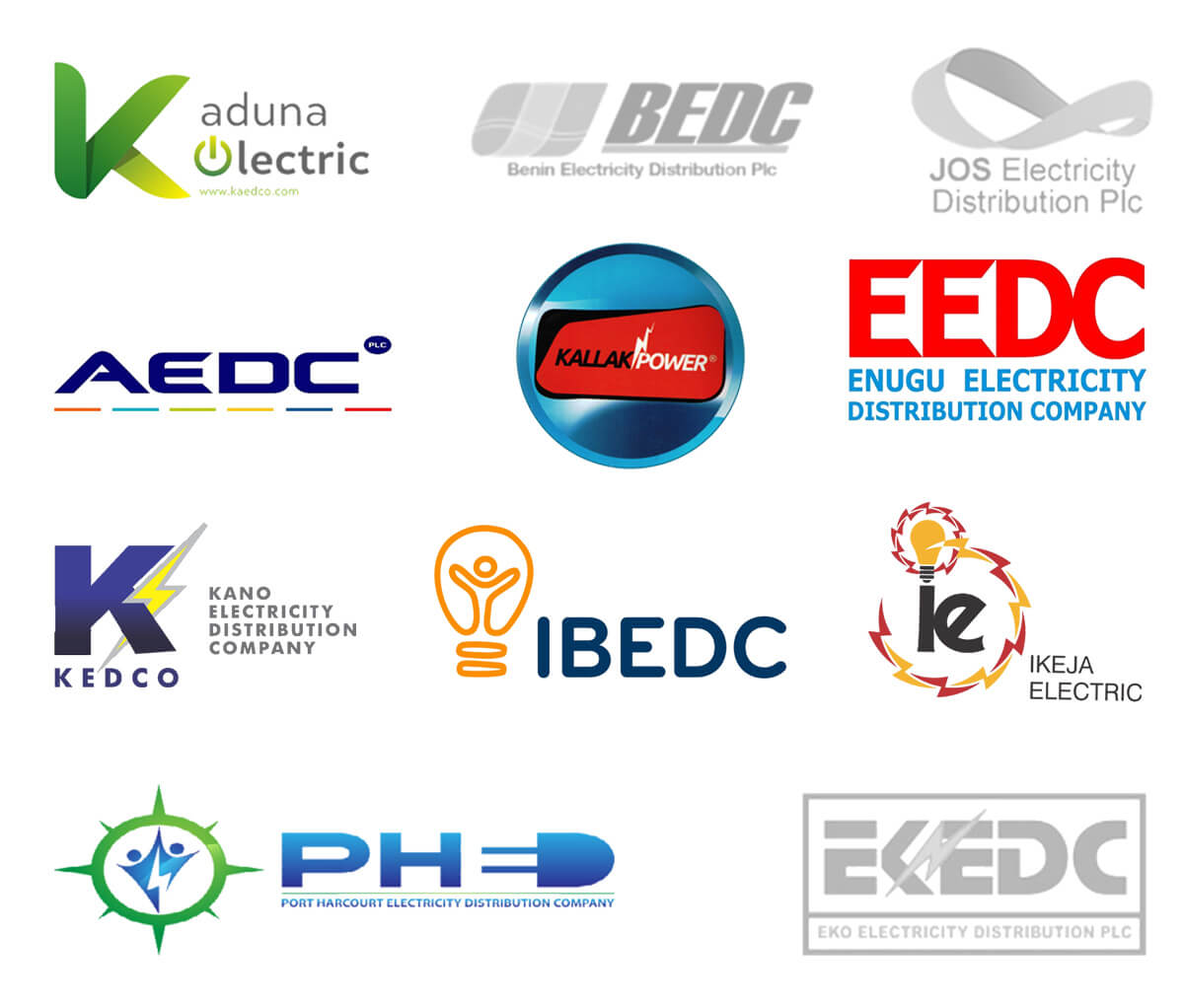Nigeria’s Shifting Electricity Landscape: New Tariffs, Subsidies, and Uncertainty
Nigeria’s electricity sector entered a new chapter on Wednesday, January 17, as the Nigerian Electricity Regulatory Commission (NERC) approved revised tariffs for the 11 distribution companies (DisCos) operating across the country.
However, a twist was woven into the announcement – a staggering N1.6 trillion government subsidy to shield consumers from immediate price hikes.
NERC Chairman Sanusi Garba made the official announcement, assuring existing customers that their current electricity bills would remain unchanged.
This implies that despite the approved cost-reflective tariffs, which likely represent higher charges, the actual rates paid by Nigerians will remain subsidized for the entire year of 2024.
According to Garba, the government has decided to continue subsidising electricity for now, following the rising cost of living.
“In the new tariff order just published by the commission, you will discover that the tariff is not going up but will see what the Electricity Distribution Companies (DisCos) should be charging.
“You will also see in the tariff order the amount of subsidy the government will be providing to cover the gap between what they will charge and what they are allowed to charge,” he said.
This move underscores the delicate balancing act the Nigerian government is attempting. Recognizing the need for DisCos to recover production costs to ensure sustainability and potential future investments, the revised tariffs represent a step towards cost-reflective pricing.
However, the government’s significant subsidy acknowledges the current economic hardships faced by citizens and aims to avoid further financial burdens.
However, questions linger about the long-term viability of this approach.
- Sustainability Concerns: Can the government indefinitely sustain such a massive subsidy? What are the implications for the national budget and other priorities?
- Efficiency Boost or Disincentive? Will subsidized tariffs incentivize DisCos to improve efficiency and reduce distribution losses, or could it create a disincentive to address operational challenges?
- Transparency and Targeting: How will the subsidy be distributed to ensure it reaches its intended beneficiaries and avoids misuse or leakage?
The government’s decision undoubtedly offers temporary relief to consumers struggling with economic challenges.
However, it’s crucial to address the underlying issues in the power sector through targeted interventions, efficiency improvements, and long-term solutions for sustainable cost recovery and sector growth.
The coming months will be crucial in observing how this policy plays out and whether it delivers on its dual goals of balancing affordability with financial viability for the power sector.

